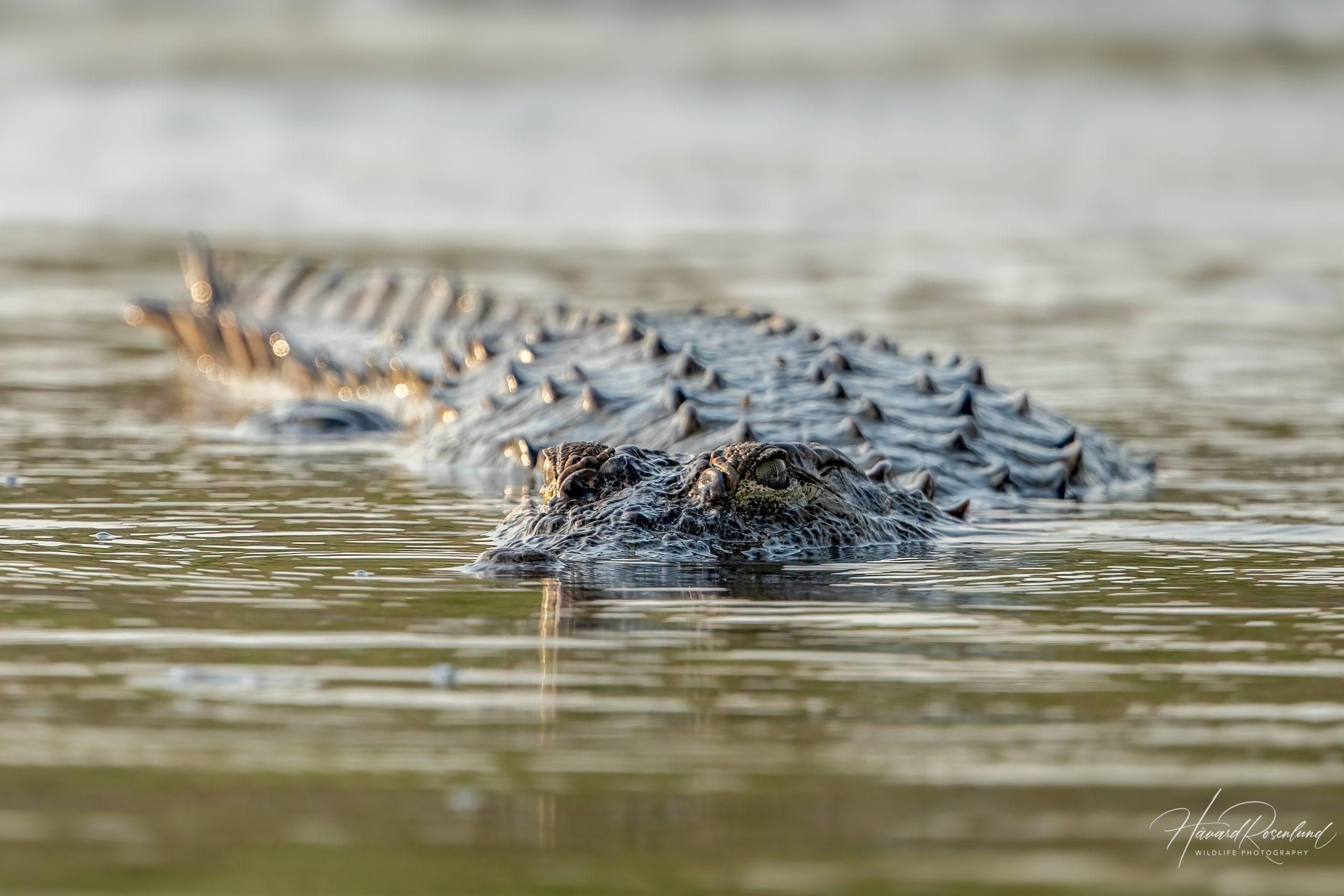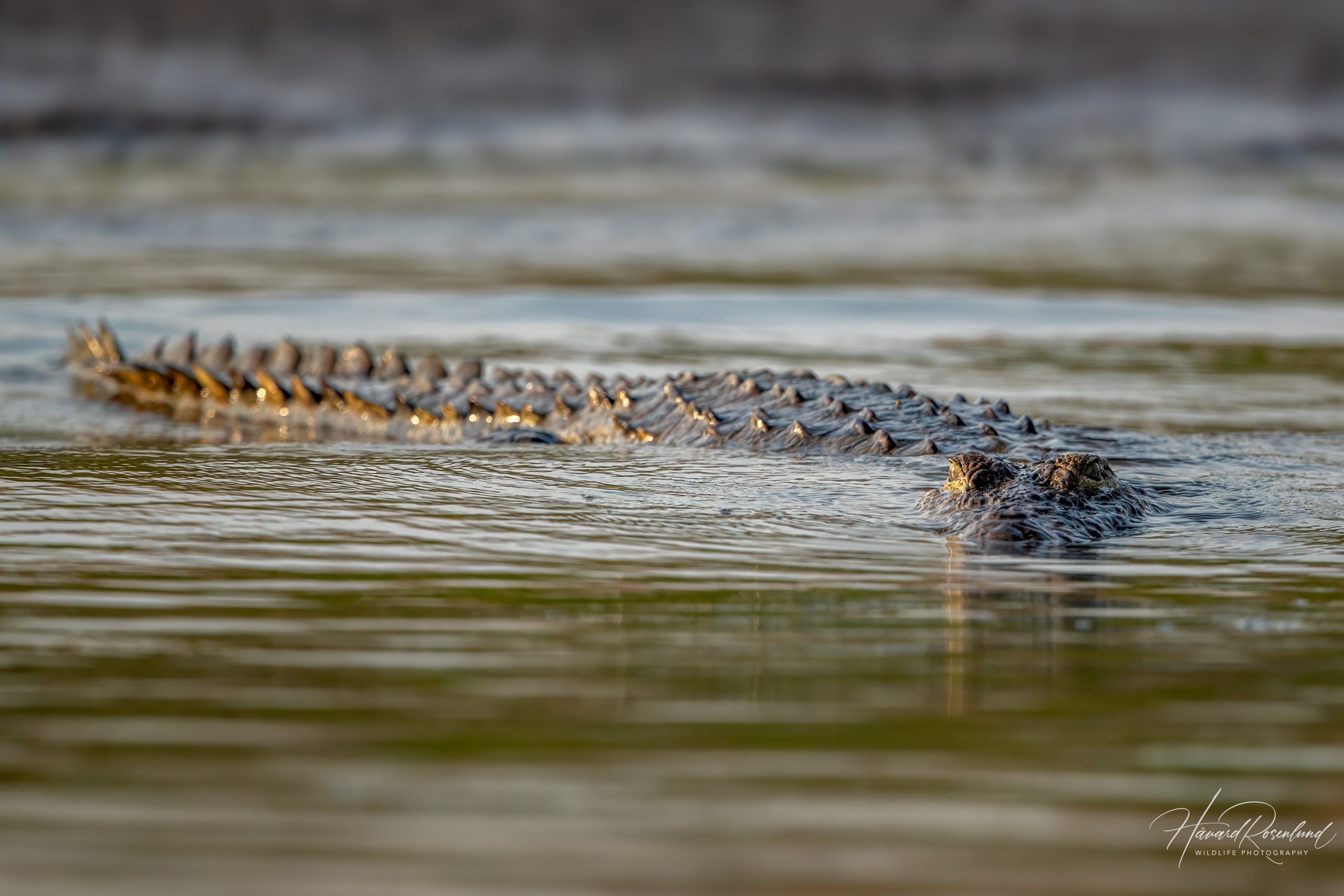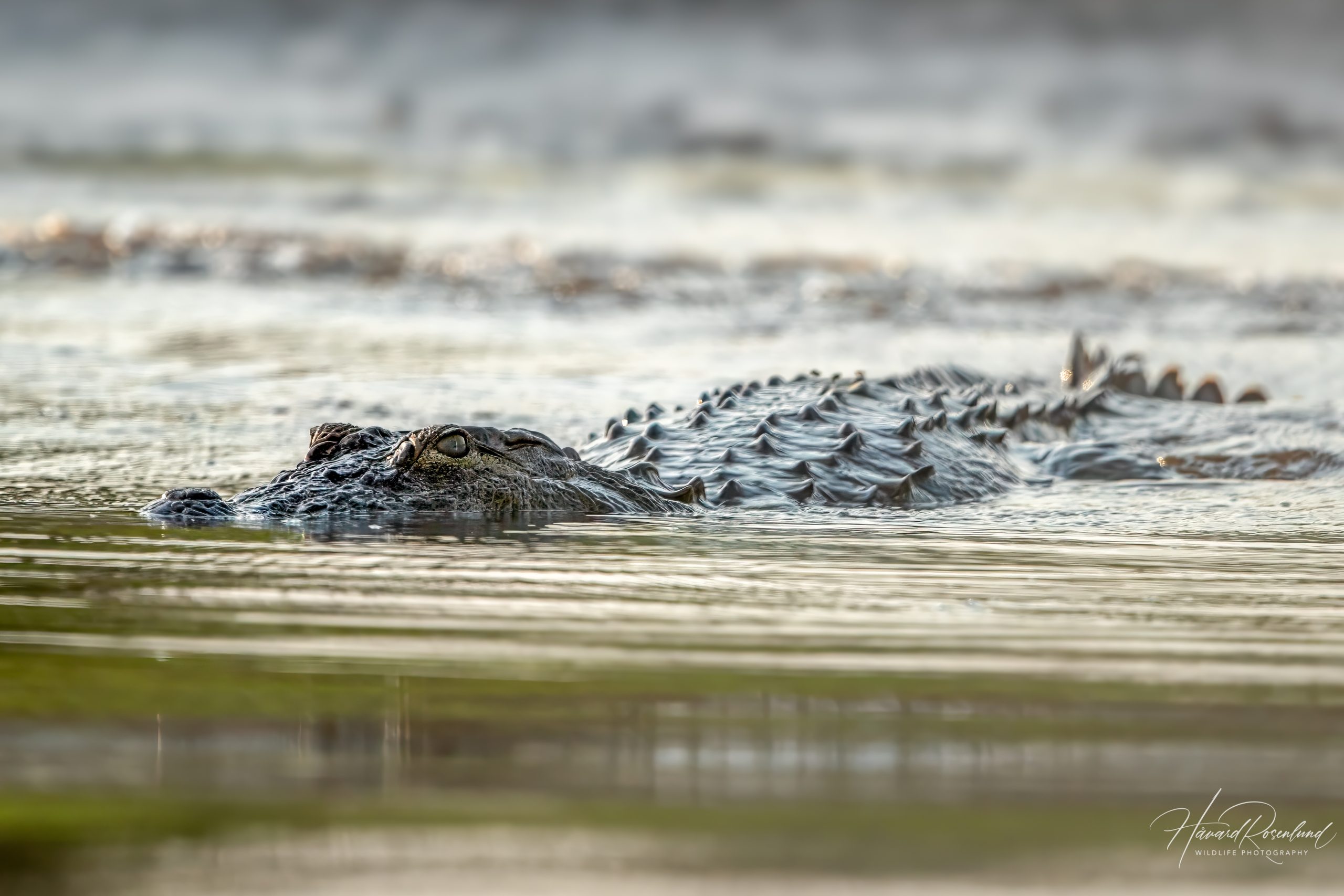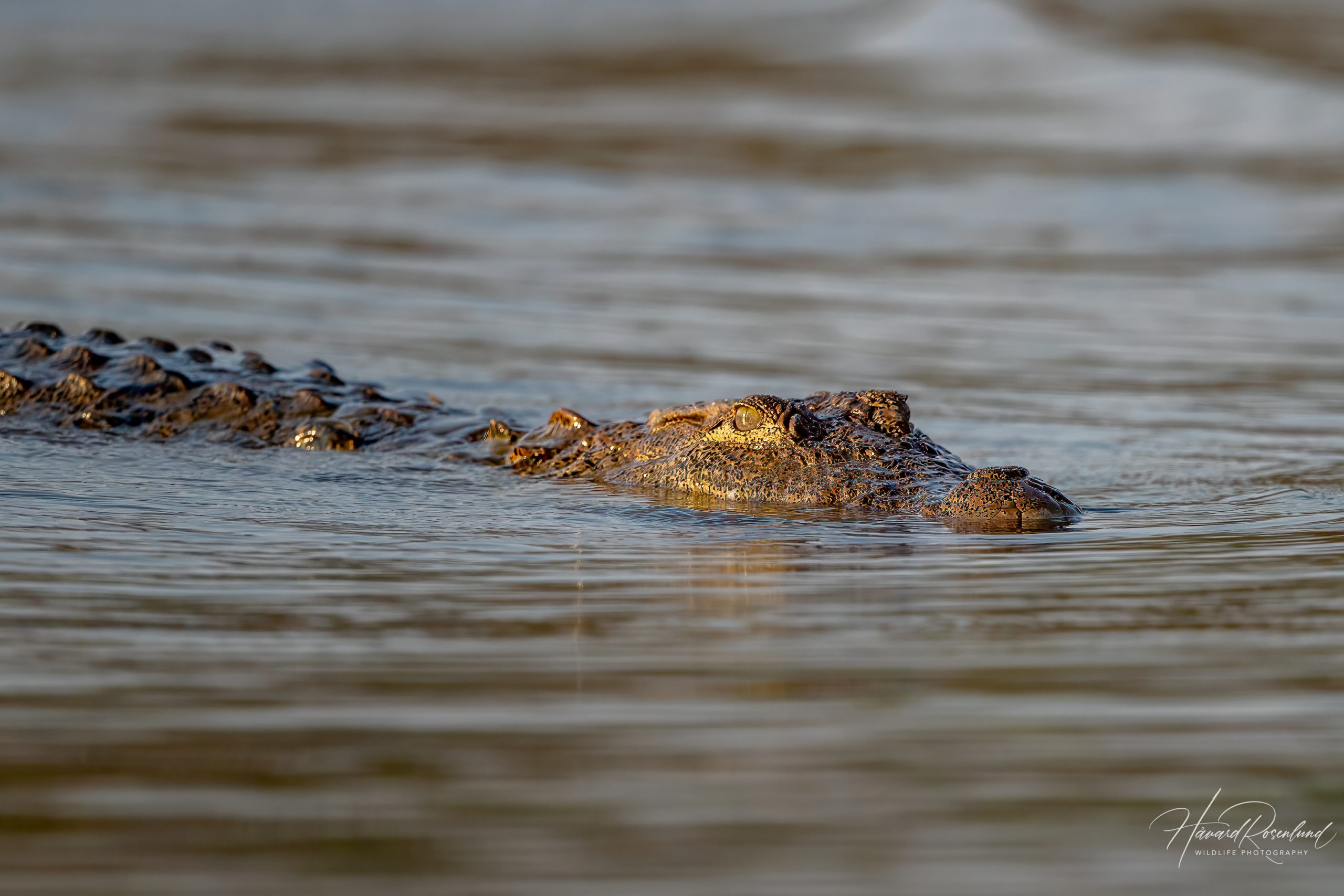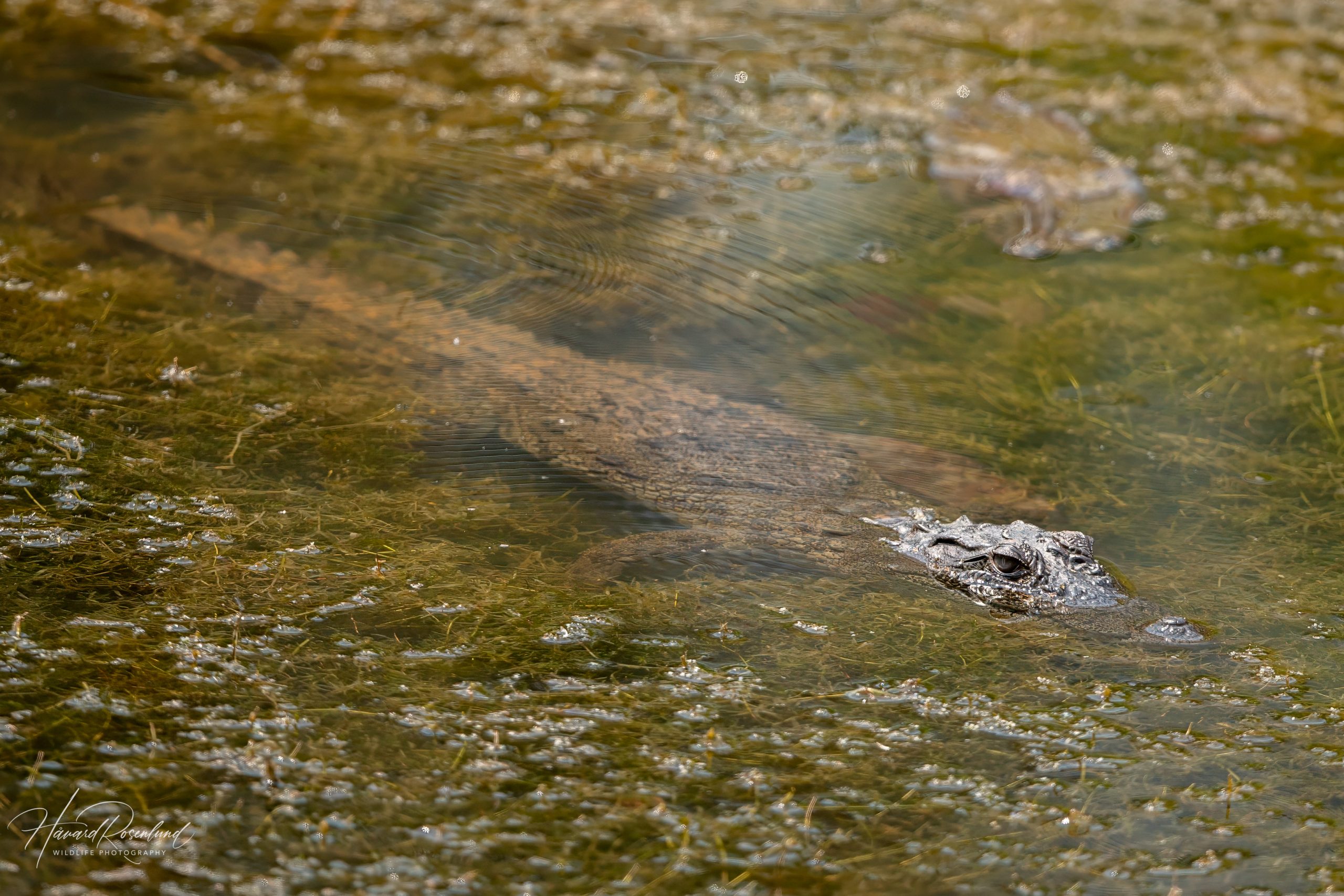Description
The mugger crocodile (Crocodylus palustris), also known simply as mugger and as the marsh crocodile, is a large reptile native to the Indian subcontinent. Its range includes India, Pakistan, Nepal, Sri Lanka, Iran, and Bangladesh. Adult muggers typically measure between 3 to 4 meters (10-13 feet) in length, though some individuals can reach up to 5 meters (16 feet). They have a broad snout, more expansive than most other crocodile species, which distinguishes them from the typically larger saltwater crocodile (Crocodylus porosus). The skin of the mugger crocodile is rough with a dark olive-brown coloration that provides excellent camouflage in their murky aquatic habitats.
Diet & Habitat
Mugger crocodiles are highly adaptable and inhabit a variety of freshwater environments. They are found in rivers, lakes, and marshes, and can also thrive in man-made reservoirs and irrigation canals. Their diet is diverse, comprising fish, amphibians, reptiles, birds, and mammals. They are opportunistic feeders and will consume almost any prey available. Muggers employ a sit-and-wait strategy, lurking in the water near the shorelines to ambush prey. They have powerful jaws and sharp teeth, which they use to grasp and hold onto their prey. Once captured, they often perform a ‘death roll’ to subdue their catch and rip off chunks of meat.
Behavior
Mugger crocodiles are generally solitary but can be found basking in groups. They are most active during the night, spending the daytime hours basking on riverbanks, particularly in the cooler seasons, or floating near the water’s surface. They are excellent swimmers and can travel considerable distances in search of food or suitable nesting sites.
Danger to humans
While mugger crocodiles generally avoid human contact, they can pose a danger to people, especially in areas where humans encroach on their natural habitats. Incidents of attacks on humans are relatively rare, but they do occur, particularly in rural areas where people use rivers and lakes for bathing, washing, and fishing. On average, mugger crocodiles are responsible for several human fatalities each year. Unlike the Nile crocodile (Crocodylus niloticus) in Africa, the mugger crocodile often do not eat their human victims, making the attack more likely to be defensive or territorial. These incidents highlight the need for awareness and careful management of human-crocodile interactions to minimize conflicts and ensure safety for both humans and crocodiles.
Reproduction
Breeding season for the mugger crocodile occurs during the dry season, typically from November to March. Females build nests by digging holes in sandy riverbanks or marsh edges where they lay between 25 to 30 eggs. The incubation period is about 70 to 90 days. Female muggers are highly protective of their nests and will guard them fiercely. After the eggs hatch, the mother helps the young reach the water and continues to protect them for several weeks. Mugger crocodiles can live up to 70 years in the wild.
Status
The mugger crocodile is listed as vulnerable on the IUCN Red List. Populations are stable in some regions but have declined significantly in others. India, particularly in the states of Gujarat, Odisha, and Rajasthan, holds the largest populations. Conservation efforts have been somewhat successful, but habitat destruction and poaching continue to pose significant threats.
Threats
Major threats to the mugger crocodile include habitat destruction, poaching, and human-crocodile conflict. Wetland drainage and conversion for agriculture and urban development have reduced their habitat. Additionally, muggers are hunted for their skins, which are used in the leather industry, and for traditional medicine.
Conservation efforts include habitat restoration, legal protection, and awareness campaigns to mitigate human-crocodile conflicts. Sanctuaries and protected areas have been established in some regions, which have helped in stabilizing certain populations, but continuous efforts are necessary to ensure the survival of this species.




